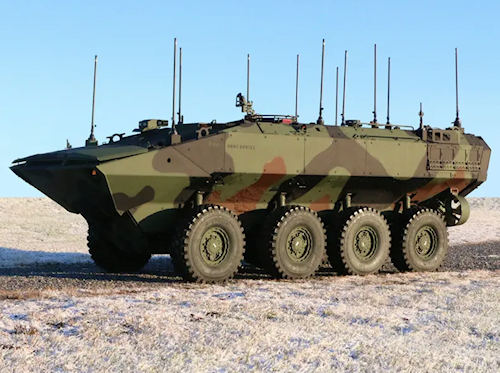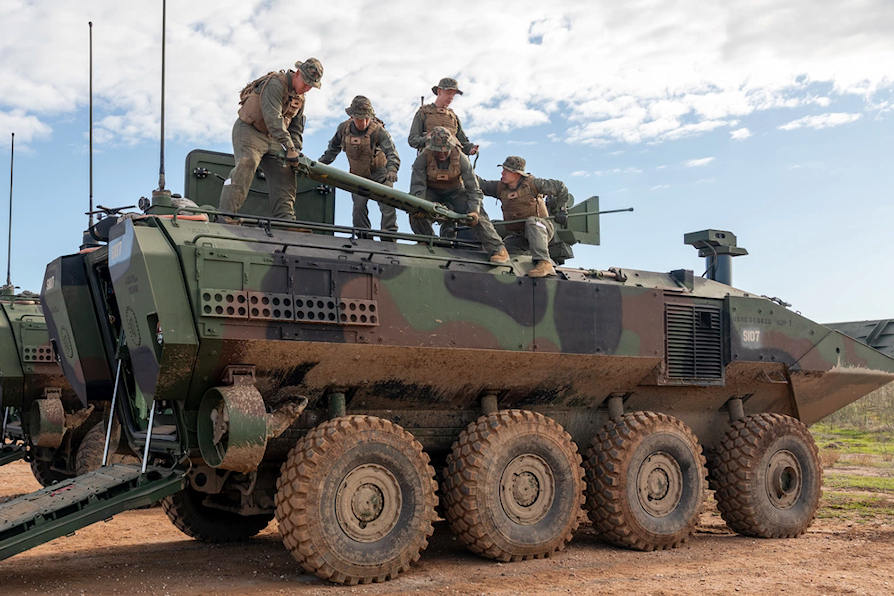With an important share in the international defense sector that makes it a world leader in security and aerospace, the Anglo-American BAE Systems confirms itself at the top of production and popularity in highly versatile amphibious armored vehicles.
In fact, on the functional and well-known 8x8 amphibious hull already extensively tested, the BAE Systems already before the 2019 contract, it focused on the development of the ACV program and its specialist functions. Functions that observe the common characteristics of the project in all variants, i.e. navigability, safety and off-road use. We remember that theAmphibious Combat Vehicle it is an amphibious platform with a common base, as is the case today for other tactical vehicles, adaptable according to the needs of the operational theater.
Currently produced in the United States are the ACV-P (personnel) for the transport of 13 marines and the ACV-30, armed with a 30 mm cannon and remote turret specifically designed for the needs of the marines, also capable of offering an appreciable internal load volume. The ACV-R (recovery) which should debut in 2025. This variant, due to the specificities of the ACV, will have the role of a rescue and maintenance truck dedicated to Amphibious Combat Vehicle.
Before launching each variant of the 8x8 hulls requires a prototype to be subjected to a specific period of testing and use, the PRTV (Production Representative Test Vehicle), before large-scale production occurs.
The first of the four types of ACV to be delivered, according to the note, was the peculiar one, that is, the command and control post.

ACV-C (command and control)
It is an amphibious vehicle with the peculiarities of a highly specialized mobile command center capable of being integrated with new technologies. It can operate in the open sea ensuring subsequent reach and mobility off-road on the mainland. Its advanced versatile technical features allow technological implementation on the platform and internal module, therefore the ability to adopt future technologies without replacing the vehicle. In short, a land vehicle and a vessel where its dark livery does not reveal its futuristic and curious qualities on the outside.
The trust shown towards the AVC platform allowed a contract to be stipulated full rate (single rate) to provide the Marine Corps with a synergistic family of multi-purpose operational tactical amphibians. ACV-C today is a reality which, at full capacity of its variants, will send AAVs into retirement Assault Amphibious Vehicle.
The studies of BAE Systems conducted with the Marine Corps, they documented and confirmed how the ACV hull possesses the characteristics of customization, robustness and integration with mission-critical and battle management technologies. L'Advanced Communications and the MUM-T, Manned-Unmanned Teaming, i.e. operational autonomy without the use of operators, probably mark a new era of the war use of tactical vehicles without the need for soldiers?
In the meantime, Garrett Lacaillade, vice president of the sector that deals with amphibious vehicles for BAE Systems, declares great enthusiasm in delivering this useful and necessary variant to the marines, saying he is ready to update and solve any critical need in amphibious combat.

Photo: U.S. Marine Corps / Bae Systems












